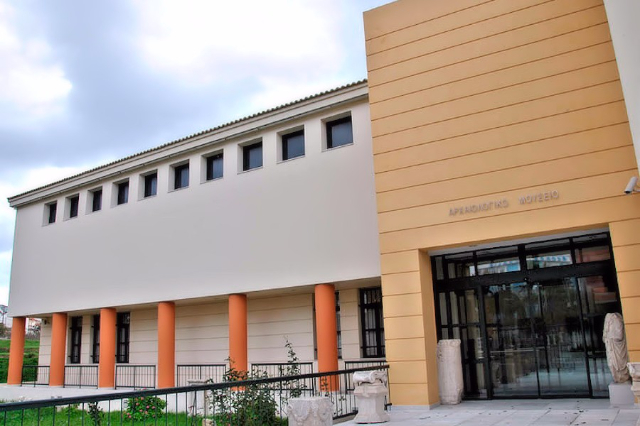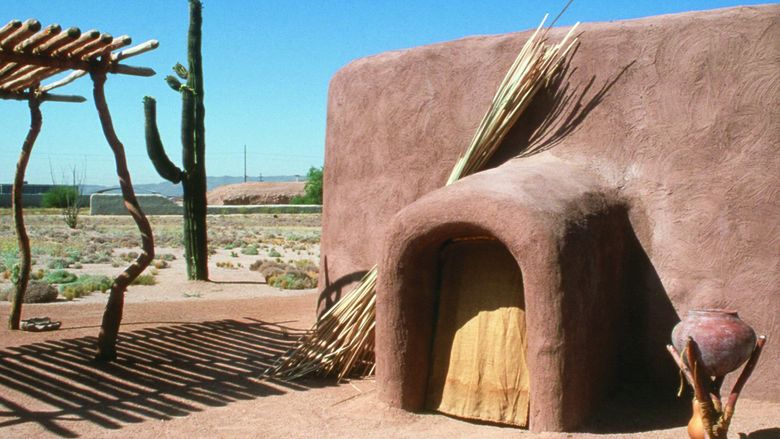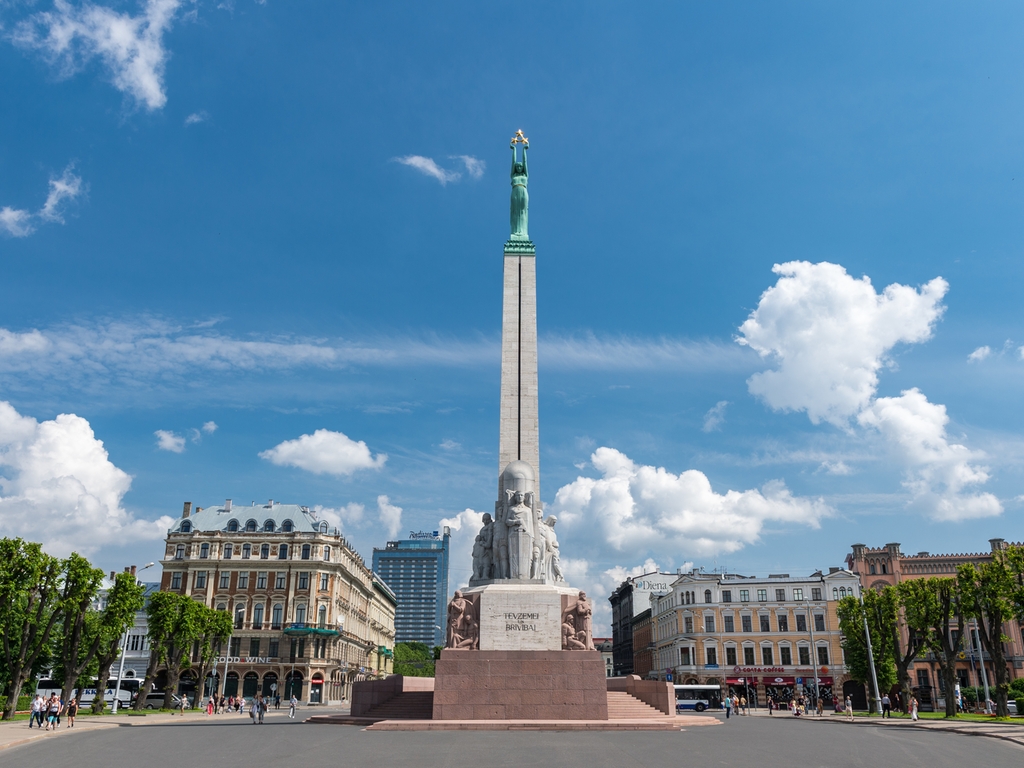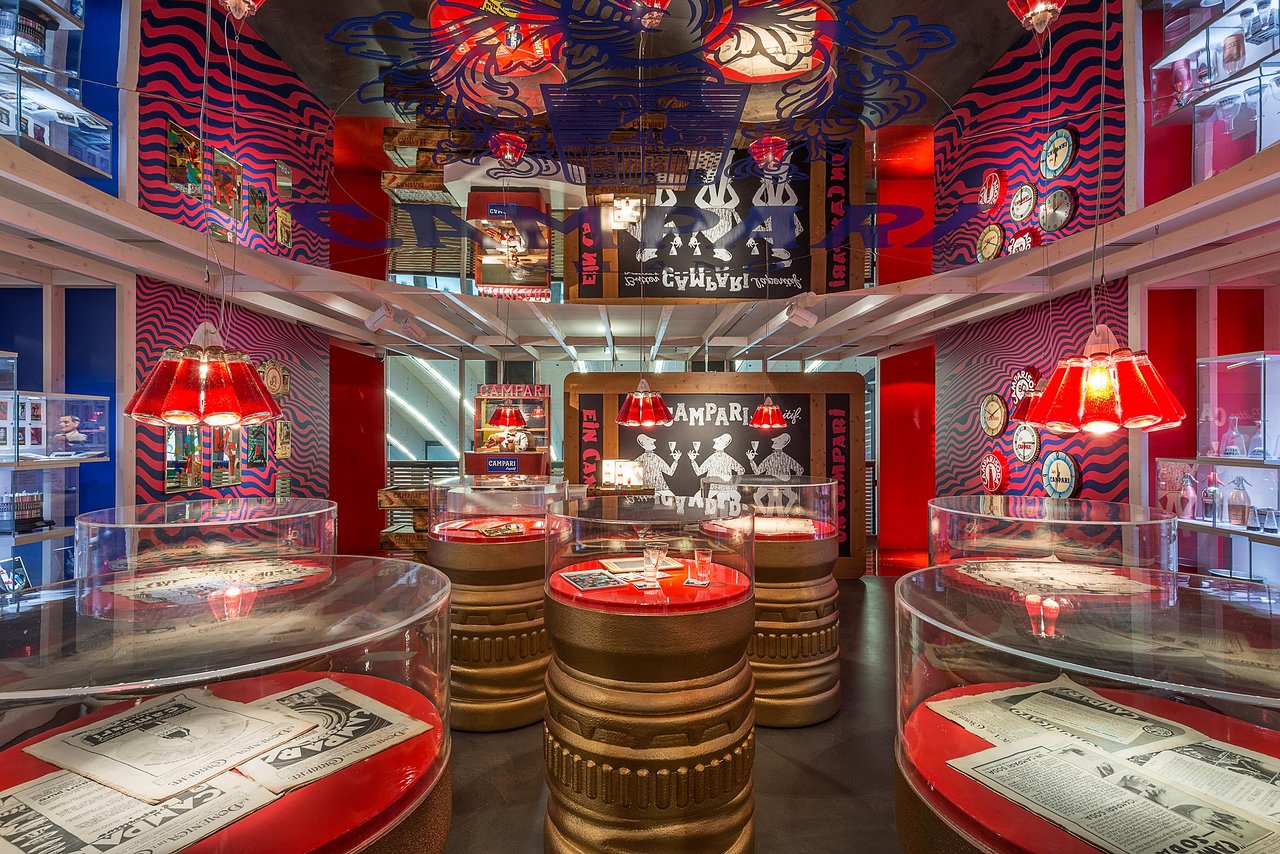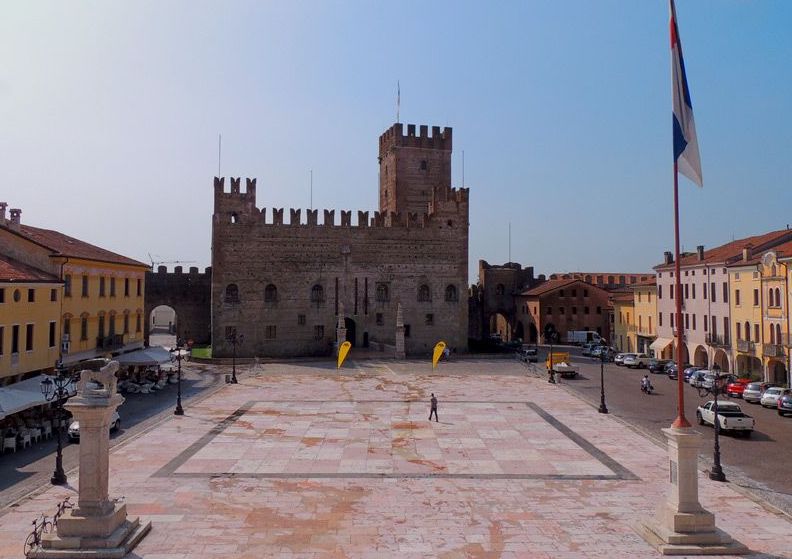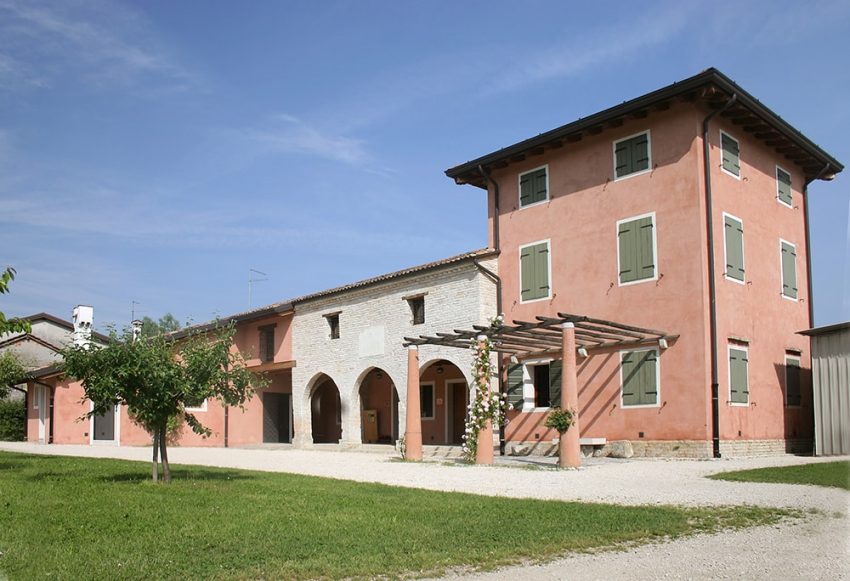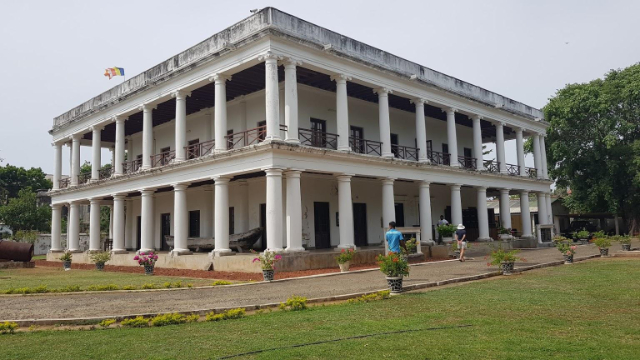The Archaeological Museum of Pythagorion houses about 3,000 items that were found in excavations in the ancient town of Samos and in other excavations around the island. These exhibits show the historical course of the island from the 5th millennium B.C. till the 7th century A.D. and depict the political importance of Samos in the ancient times.
The museum’s collection of “nekrodeipna” stands out as a unique treasure. These are reliefs that depict funeral banquets, offering insights into ancient burial customs and beliefs. A broad range of pottery, dating from the 9th century BC to the 2nd century BC, further enriches the museum’s offerings.
Among the must-see exhibits are:
-
A marble seated statue of Aeaces, dating back to around 540 BC. The inscription reveals that it was dedicated to the goddess Hera by Aeaces, the father of Polycrates. Intriguingly, it was funded by the wealth Aeaces acquired from piracy.
-
A grand marble sarcophagus crafted to resemble a temple-like structure, hailing from the second half of the 6th century BC.
-
A small poros grave stele adorned with a palmette finial and inscribed with the words “DIAGORO TO GDILO,” dating to 530 BC.
-
Another marble grave stele with a palmette finial, discovered in Chora and dated to 500/490 BC.
-
An oversized marble statue of the Roman emperor Trajan, standing at an imposing 2.71 meters high.
-
Detailed marble portraits of Roman emperors Augustus and Claudius, measuring 0.49 meters and 0.53 meters in height, respectively.
Whether you’re a history buff, an art lover, or simply curious about the past, the Archaeological Museum of Pythagoreio provides a captivating experience. Each artifact tells a story, offering a tangible connection to the ancient world and the many civilizations that have left their mark on Samos.
The museum is conveniently located being about 300 metres from the harbour front.

